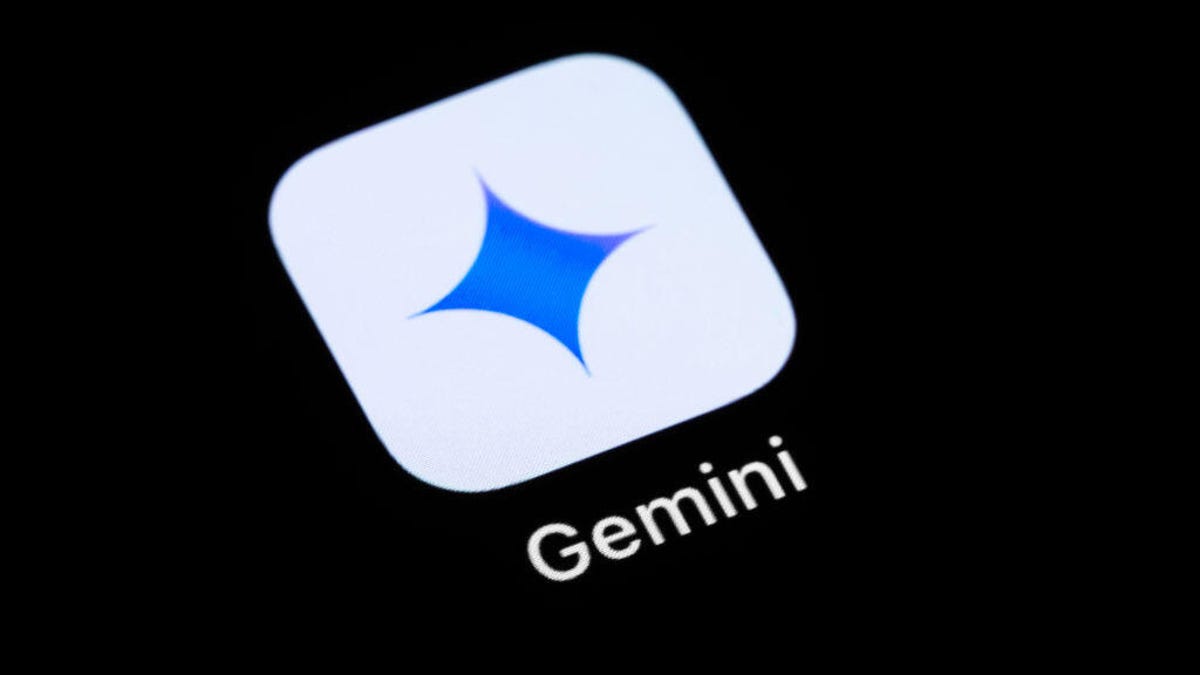Monoclonal antibodies (mAbs) contain N-linked glycans that influence pharmacokinetics and efficacy, making glycoform profiling critical for therapeutic development. Intact-level characterization provides valuable insights into glycoform…
Author: admin
-
Jordanian king lauds Pakistan military’s role in regional peace during meeting with COAS Munir – Dawn
- Jordanian king lauds Pakistan military’s role in regional peace during meeting with COAS Munir Dawn
- Jordan and Pakistan army chiefs discuss cooperation Arab News
- Field Marshal Munir, Jordans King Abdullah II vow to bolster defence cooperation
Continue Reading
-

Gemini is gaining fast on ChatGPT in one particular way, according to new data
picture alliance / Contributor / Getty Images Follow ZDNET: Add us as a preferred source on Google.
ZDNET’s key takeaways
- Visits to gemini.google.com have doubled over the past year.
- Web traffic to other chatbots has declined or remained…
Continue Reading
-
Astronomers Discover Nearby Super-Earth That Future Telescopes Could Image Directly – StudyFinds
- Astronomers Discover Nearby Super-Earth That Future Telescopes Could Image Directly StudyFinds
- Newly discovered ‘super-Earth’ offers prime target in search for alien life Penn State University
- Newly discovered planet could have right…
Continue Reading
-

Research: 40Hz Sensory Stimulation May Aid Alzheimer’s
A new research paper documents the outcomes of five volunteers who continued to receive 40Hz light and sound stimulation for around two years after participating in an MIT early-stage clinical study of the potential Alzheimer’s…
Continue Reading
-

Why Podcast Advertisers Are Holding Back Close To $1 Billion
While video podcasting is exploding in popularity, advertisers say they’re still holding back ad dollars due to the lack of clear measurement across the different mediums.
According to a survey from podcast advertising agency Oxford…
Continue Reading
-

Head-to-head record ahead of latest clash – how to watch women’s friendly
England vs Australia: When was the last meeting between these sides?
The most recent meeting between these two nations came on Australian soil, when they faced off in the 2023 Women’s World Cup semi-final.
Wiegman’s side took a 1-0 lead into…
Continue Reading
-
Just a moment…
Just a moment… This request seems a bit unusual, so we need to confirm that you’re human. Please press and hold the button until it turns completely green. Thank you for your cooperation!
Continue Reading
-

Temba Bavuma returns to lead South Africa in Test series against India
South Africa captain Temba Bavuma has made a return to the national squad for the upcoming two-match Test series against India, beginning next month, 24NewsHD TV reported on Monday.
Bavuma has recovered from a left calf strain sustained during…
Continue Reading

